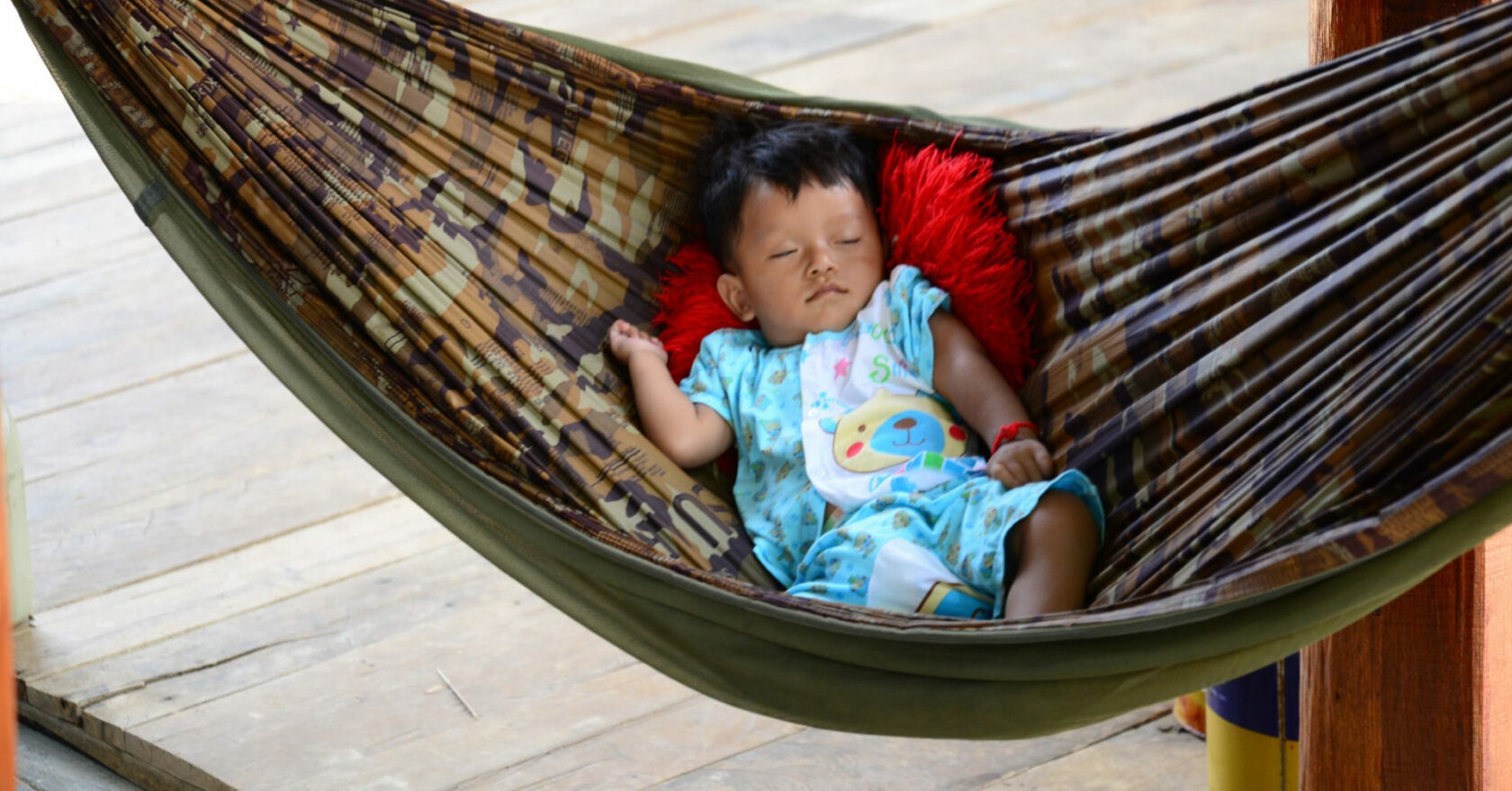Child protection
Child protection
All children, girls and boys alike, must have the opportunity to express their potential, to grow and to realize their dreams in the communities where they live.

In all the countries where we are present, we promote activities aimed at child protection. In particular, our activities aim to protect boys and girls from abuse and violence, paying particular attention to areas affected by natural disasters, political instability and emergencies.
Our programs focus on the most vulnerable children, with the aim of ensuring their safety and well-being. We work with governments, international organizations and civil society partners to achieve lasting change with improved policies and services to protect children both in their daily lives and in emergency contexts.
In some of the countries where we operate – such as Cambodia, Nepal and Libya – we face the serious problem of child labor in the fields, in factories or in mines, with this lucrative activity often linked to criminal activities and corruption. Too often, girls and boys are victims of sexual exploitation or risk becoming child soldiers.
Our work is of particular importance in humanitarian emergencies caused by natural disasters and conflicts. In these contexts, we protect the basic needs of particularly vulnerable children who face risks such as family separation, sexual exploitation and gender-based violence.
Our projects aim to ensure that girls and boys have access to quality care in a context of extreme poverty and serious humanitarian crises. To do this, we have launched emergency health funds to guarantee their right to health.
Why are we concerned with child protection?
1
In protecting and promoting children’s rights, we are inspired by two important documents approved by the United Nations, the Declaration on the Rights of the Child and the International Convention on the Rights of the Child.
2
Working with children requires special attention, which is why our organization applies the child protection policy signed by all active operators in the field.
3
We adhere to codes of ethics which ensure compliance with the highest standards for humanitarian aid operations such as the European Consensus on Humanitarian Aid, The Red Cross Code of Conduct and the Humanitarian Charter and Minimum Standards for humanitarian responses.
4
All our activities are centered on the responsibility to maintain correct behavior in all phases of carrying out our projects. Do no harm.
5
215 million children around the world are engaged in minor work, including 115 million in hazardous work.
6
Around 263 million young people, of which around 61 million are children, do not have access to any form of education.
We protect the rights of the little ones
With our projects, we defend the rights of the most vulnerable children, starting with the basic right to health. We ensure their right to education and protect them from exploitation, child labor and violence.